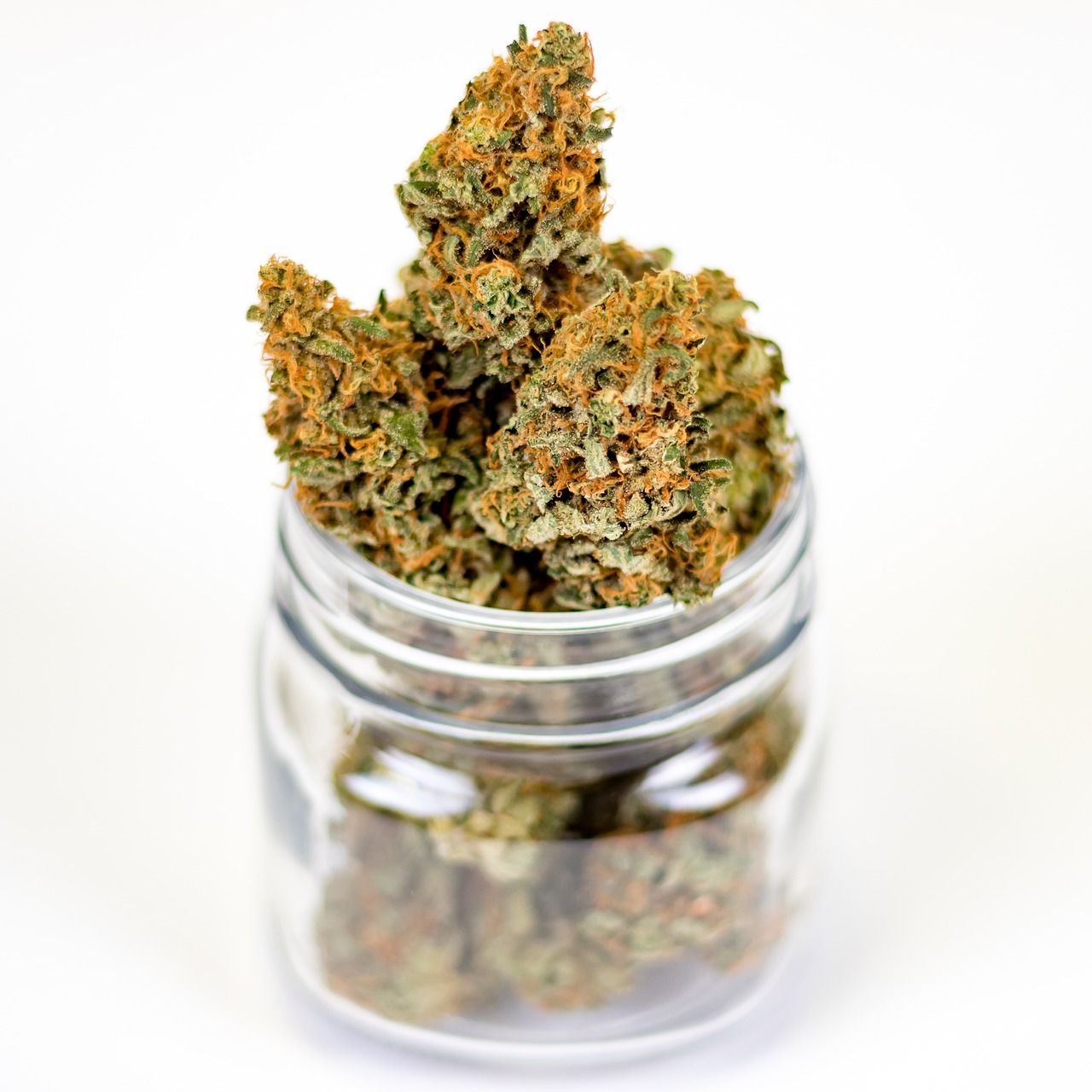Cannabis is far more complex than just THC and CBD. While cannabinoids often steal the spotlight, another group of compounds—terpenes—play an equally vital role in how cannabis affects the body and mind. These aromatic molecules are responsible for much of the plant’s distinct fragrance, taste, and even influence the overall consumer experience. For curious consumers, understanding terpenes is like unlocking a whole new layer of cannabis appreciation.
What Are Terpenes?
Terpenes are natural compounds found in the essential oils of plants, including cannabis, citrus fruits, lavender, pine trees, and many herbs. They’re the reason a lemon smells fresh, pine needles smell sharp, and lavender smells calming. In cannabis, terpenes are produced in the same glandular trichomes that make cannabinoids like THC and CBD.
Over 200 terpenes have been identified in cannabis, though only a few are commonly found in concentrations strong enough to influence aroma, flavor, and effects. Some of the most common include:
- Myrcene: earthy, musky, often linked with sedating “couch-lock” effects.
- Limonene: citrusy, uplifting, and may support mood elevation.
- Pinene: pine-like, associated with alertness and potential anti-inflammatory benefits.
- Linalool: floral and calming, also found in lavender.
- Caryophyllene: spicy, peppery, and unique for interacting with CB2 receptors in the body.
How Terpenes Work
Terpenes don’t just add flavor and aroma; they actively interact with cannabinoids and the human body. Researchers often refer to this synergy as the “entourage effect”—the idea that cannabinoids and terpenes work better together than in isolation.
For example, myrcene may enhance the absorption of THC, potentially making its effects stronger or faster-acting. On the other hand, limonene and pinene may counterbalance some of THC’s more intense effects, like anxiety or short-term memory impairment.
Scientific studies support this interaction. A 2011 review published in the British Journal of Pharmacology highlighted how cannabinoids and terpenes influence each other’s therapeutic potential, from anti-inflammatory properties to mood effects. More recent research continues to suggest that terpenes could help guide the type of experience a consumer has—whether relaxed, energized, focused, or balanced.
Terpenes and the Consumer Experience
When consumers shop for cannabis, they often hear descriptions like “relaxing indica” or “energizing sativa.” However, research shows that these categories don’t always predict effects accurately. Instead, many experts suggest that terpene profiles are a much more reliable indicator of how a strain will make you feel.
For example:
- A flower rich in linalool and myrcene may feel calming and sedative, perfect for evening use.
- A strain dominant in limonene and pinene might feel more uplifting and clear-headed, great for daytime.
- Caryophyllene adds a spicy kick but may also bring anti-inflammatory benefits, which some consumers use for pain relief.
This is why more dispensaries now label terpene content on packaging, alongside THC and CBD percentages. Understanding terpenes empowers consumers to choose cannabis based on desired outcomes, rather than relying on strain names alone.
Beyond Smell and Taste
While terpenes enhance flavor and aroma, they may also carry therapeutic potential:
- Anti-anxiety: Linalool and limonene are being studied for their calming properties.
- Anti-inflammatory: Caryophyllene interacts directly with CB2 receptors in the endocannabinoid system, which play a role in inflammation.
- Neuroprotective and antimicrobial effects: Some terpenes, including pinene, are being researched for protective qualities.
It’s important to note, however, that while promising, most terpene research is still in early stages. Large-scale human trials are limited, and more evidence is needed to make firm medical claims. Still, early findings suggest that terpenes may one day play a key role in targeted cannabis therapies.
How to Use Terpene Knowledge as a Consumer
If you’re shopping for cannabis and want to make terpenes part of your decision-making:
- Look for lab results or terpene profiles – Reputable dispensaries often provide terpene breakdowns.
- Smell the flower – If possible, your nose is a great guide. If it appeals to you, your body may respond positively.
- Keep a cannabis journal – Note how strains with different terpene profiles make you feel. Over time, you’ll learn which terpenes suit your lifestyle best.
- Don’t chase THC alone – A lower-THC product rich in terpenes may provide a more enjoyable and balanced experience.
Final Thoughts
Terpenes are much more than plant perfumes—they are essential contributors to the cannabis experience. From shaping aroma and taste to influencing mood and potential therapeutic effects, these natural compounds bridge the gap between science and sensory enjoyment. As research grows, consumers will likely see terpene content highlighted more prominently on product labels, giving them even greater control over their cannabis journey.

